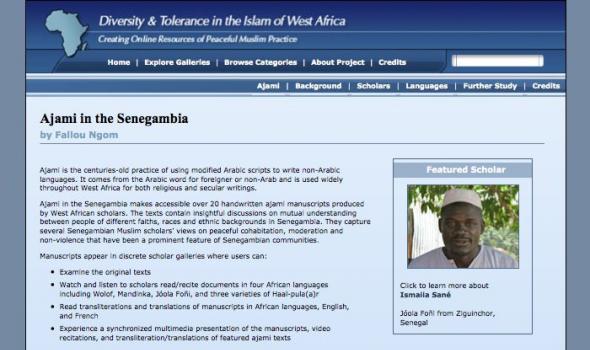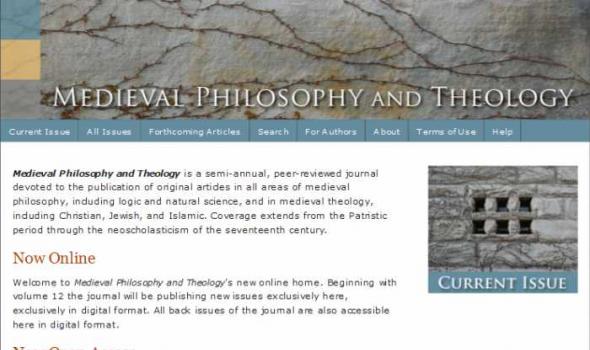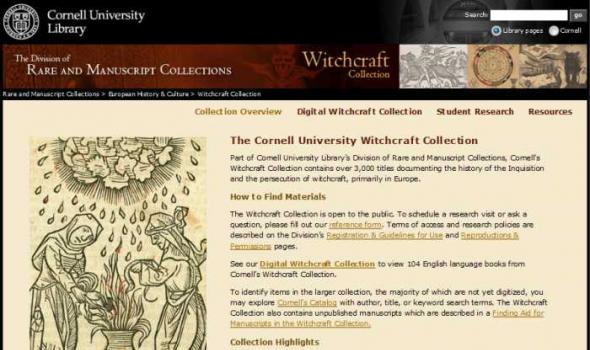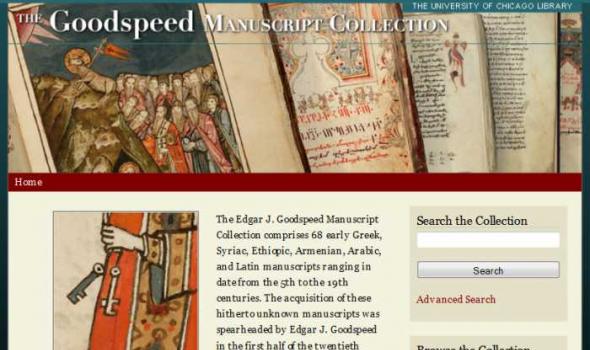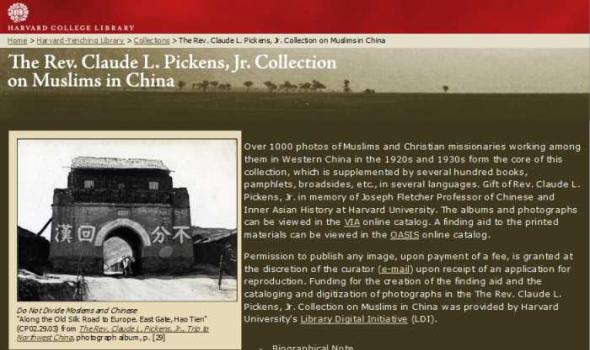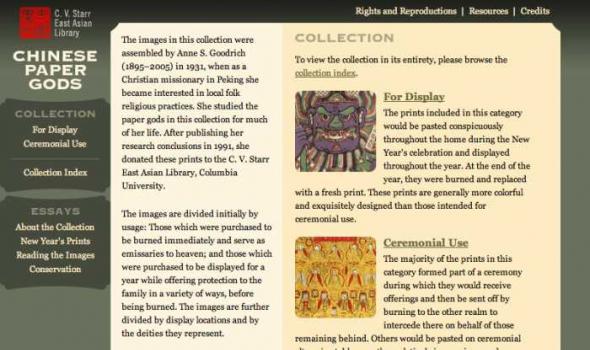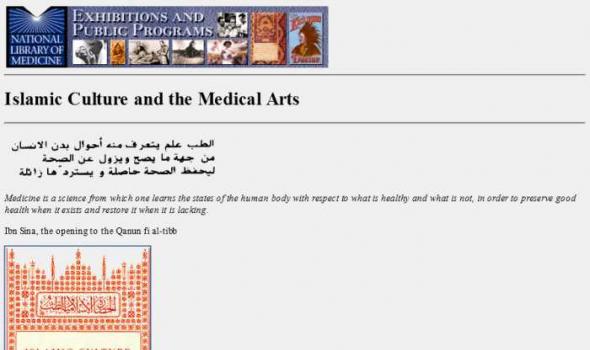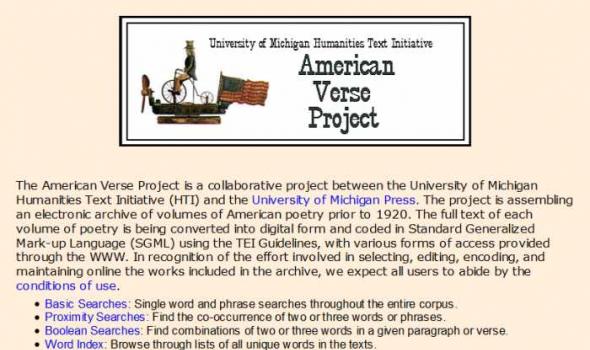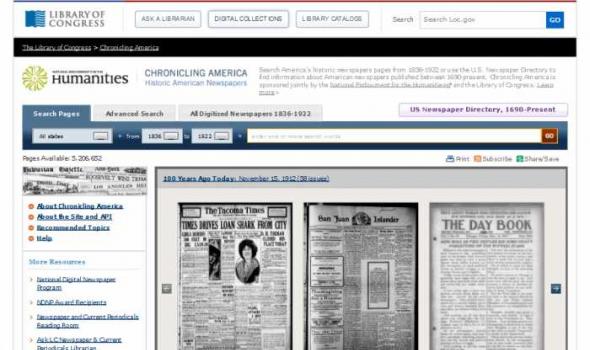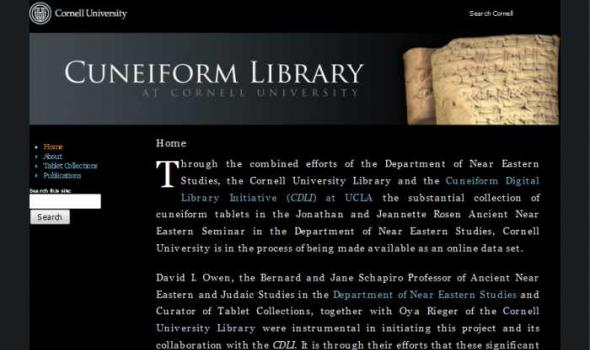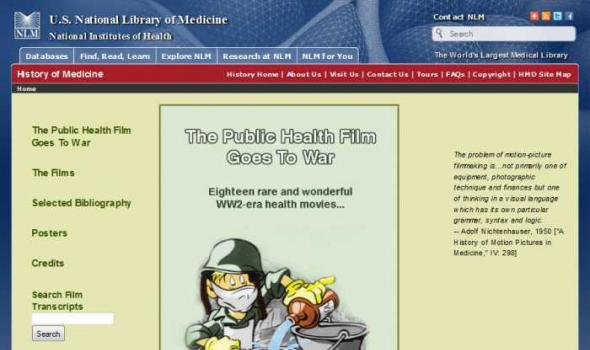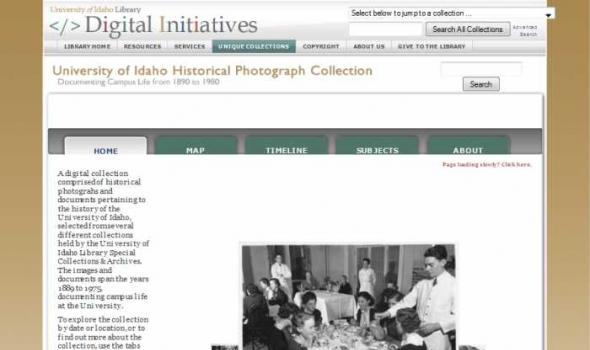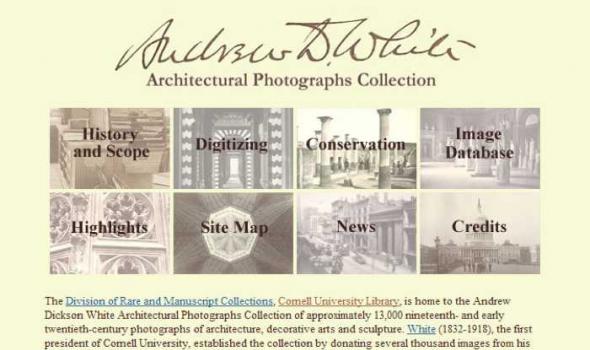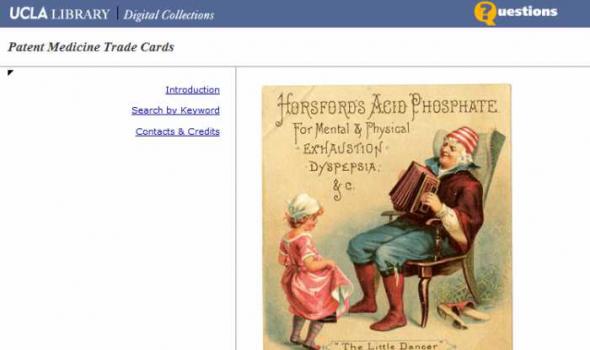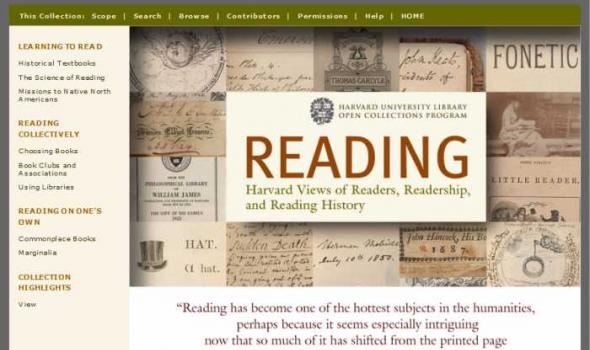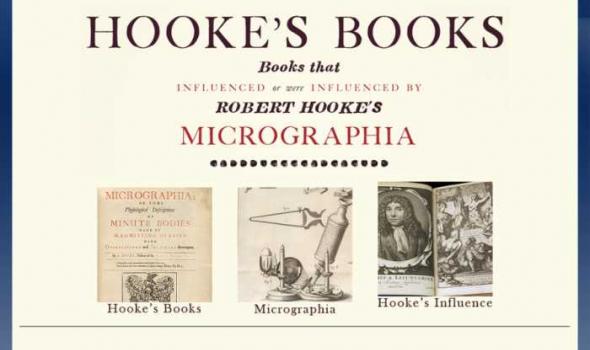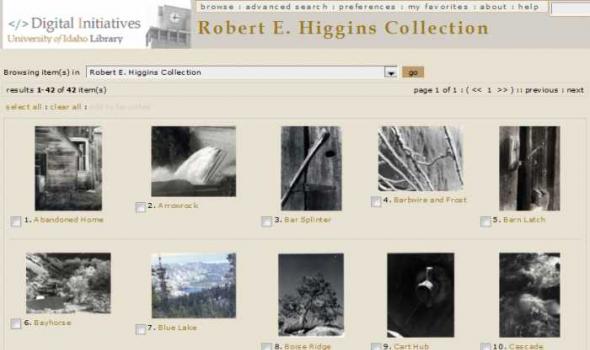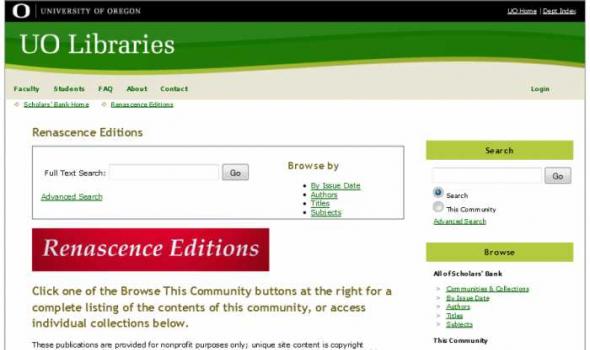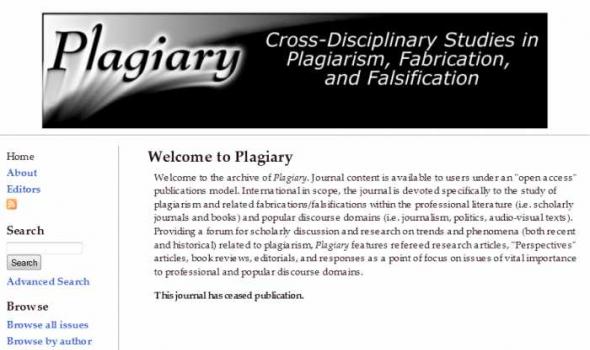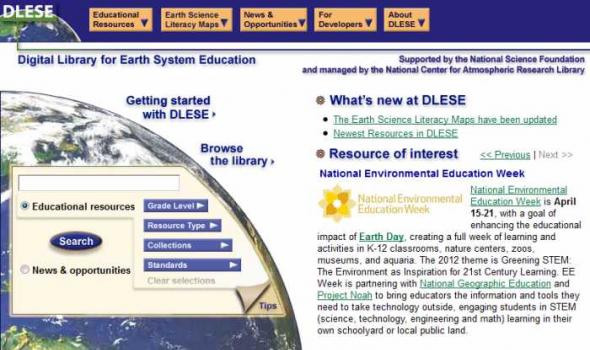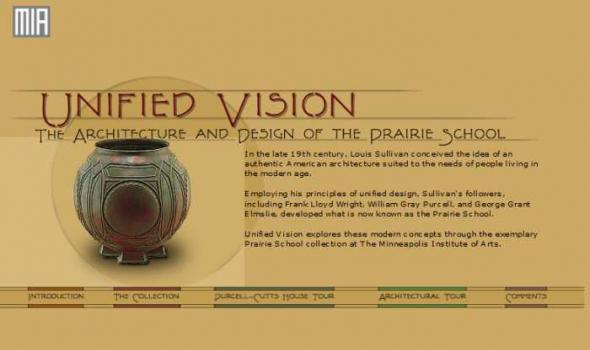Category: Social Sciences, Religion
Results
Ajami is the centuries-old practice of using modified Arabic scripts to write non-Arabic languages. It comes from the Arabic word for foreigner or non-Arab and is used widely throughout West Africa for both religious and secular writings.
Ajami in the Senegambia makes accessible over 20 handwritten ajami manuscripts produced by West African scholars. The texts contain insightful discussions on mutual understanding between people of different faiths, races and ethnic backgrounds in Senegambia. They capture several Senegambian Muslim scholars' views on peaceful cohabitation, moderation and non-violence that have been a prominent feature of Senegambian communities.
The Art of Daily Life There is no equivalent in the many Native American languages for the word art . Yet the objects here suggest that Native Americans are a highly spiritual people who create objects of extraordinary beauty. In Native American thought there is also no distinction between what is beautiful or functional, and what is sacred or secular. Design goes far beyond concerns of function, and beauty is much more than simple appearances. For many native peoples, beauty arises from living in harmony with the order of the universe.The concerns and aspirations of a vital contemporary American Indian population changes as the world changes.
Amos Gerry Beman, a Black minister in New Haven, Connecticut, was a national leader during the mid-nineteenth century. He was a proponent of abolition, suffrage, temperance and educational and moral reform. Beman grew up in Colchester, Connecticut and later Middletown, Connecticut, where his father, Jehiel Beman, was appointed pastor to the first African American church in Connecticut. Beman’s father had worked tirelessly for emancipation and civil rights, and his grandfather, Caesar Beman, had been manumitted after serving in the Revolutionary War. The Collection
Oneida Community Collection In 1960 Syracuse University Library acquired complete runs of the serial publications of Oneida Community and of its antecedents and branches, covering the span of years from 1837 until 1879. In 1983 the Library received a large collection of the surviving records of the Community. We are happy to be able to provide these additional primary documents for the scholars from Syracuse and elsewhere who have been coming to us for many years. Some Oneida Community documents have been digitized. Transcriptions are available online on the References page . About the Collection There have been several reasons for the Syracuse University Library to collect materials about Oneida Community and its antecedents and branches.
About the Project Welcome to Cornell University Library's web site on issues of race, ethnicity and religion. The incentive behind the project was provided by the interest expressed in 2004 by University President Jeffrey S. Lehman, the Provost, the Vice Provost, the Cornell University Librarian and the Cornell University Press in collaborating on a web-based project that would facilitate informed study and discussion of issues related to race, ethnicity and religion on the Cornell campus and in the U.S. In its initial pilot phase (Nov.
About the Journal Medieval Philosophy and Theology is a semi-annual, peer-reviewed, online journal devoted to the publication of original articles in all areas of medieval philosophy, including logic and natural science, and in medieval theology, including Christian, Jewish, and Islamic. Coverage extends from the Patristic period through the neoscholasticism of the seventeenth century. Members of the Editorial Board and the panel of Editorial Advisors represent eleven different countries in Europe and North America, as well as a wide range of academic, disciplinary, and scholarly traditions and approaches. Medieval Philosophy and Theology occasionally publishes review articles and article-length critical discussions of important books in the field.
The Cornell University Witchcraft Collection Part of Cornell University Library’s Division of Rare and Manuscript Collections, Cornell's Witchcraft Collection contains over 3,000 titles documenting the history of the Inquisition and the persecution of witchcraft, primarily in Europe. How to Find Materials The Witchcraft Collection is open to the public. To schedule a research visit or ask a question, please fill out our reference form . Terms of access and research policies are described on the Division’s Registration & Guidelines for Use and Reproductions & Permissions pages. See our Digital Witchcraft Collection to view 104 English language books from Cornell’s Witchcraft Collection.
Search the Collection Advanced Search in Entire Record Title or Type of Text Common Names of Manuscripts Places of Origin or Association Dates of Origin Languages Names of Individuals or Organizations Materials of Construction Imagery Imagery Keyword Books of the Bible and in Entire Record Title or Type of Text Common Names of Manuscripts Places of Origin or Association Dates of Origin Languages Names of Individuals or Organizations Materials of Construction Imagery Imagery Keyword Books of the Bible and in Entire Record Title or Type of Text Common Names of Manuscripts Places of Origin or Association Dates of Origin Languages Names of Individuals or Organizations Materials of Construction Imagery Imagery Keyw
The Rev. Claude L. Pickens, Jr. Collection on Muslims in China Do Not Divide Moslems and Chinese "Along the Old Silk Road to Europe. East Gate, Hao Tien" (CP02.29.03) from The Rev. Claude L. Pickens, Jr., Trip to Northwest China , photograph album, p. [29] Over 1000 photos of Muslims and Christian missionaries working among them in Western China in the 1920s and 1930s form the core of this collection, which is supplemented by several hundred books, pamphlets, broadsides, etc., in several languages. Gift of Rev. Claude L. Pickens, Jr. in memory of Joseph Fletcher Professor of Chinese and Inner Asian History at Harvard University. The albums and photographs can be viewed in the VIA online catalog.
Through the Islamic Heritage Project (IHP), Harvard University has cataloged, conserved, and digitized hundreds of Islamic manuscripts, maps, and published texts from Harvard’s renowned library and museum collections. These rare—and frequently unique—materials are now freely available to Internet users worldwide. IHP is made possible with the generous support of Prince Alwaleed Bin Talal . For the IHP, Harvard’s Open Collections Program (OCP) has produced digital copies of over 280 manuscripts, 275 printed texts, and 50 maps, totaling over 156,000 pages. Users can search or browse online materials that date from the 10th to the 20th centuries CE and represent many
Chinese Paper Gods Collection Essays The images in this collection were assembled by Anne S. Goodrich (1895–2005) in 1931, when as a Christian missionary in Peking she became interested in local folk religious practices. She studied the paper gods in this collection for much of her life. After publishing her research conclusions in 1991, she donated these prints to the C. V. Starr East Asian Library, Columbia University. The images are divided initially by usage: Those which were purchased to be burned immediately and serve as emissaries to heaven; and those which were purchased to be displayed for a year while offering protection to the family in a variety of ways, before being burned. The images are further divided by display locations and by the deities they represent.
